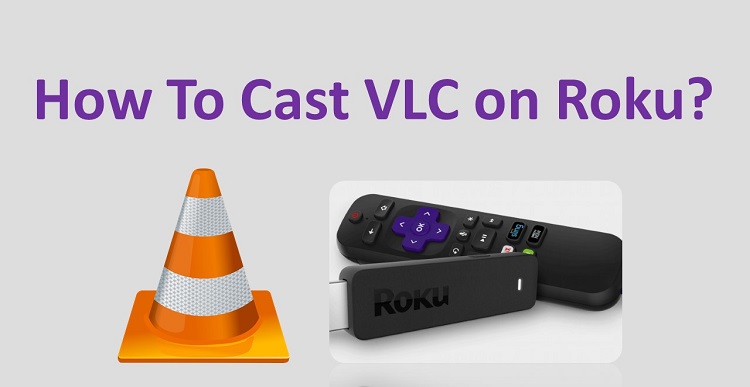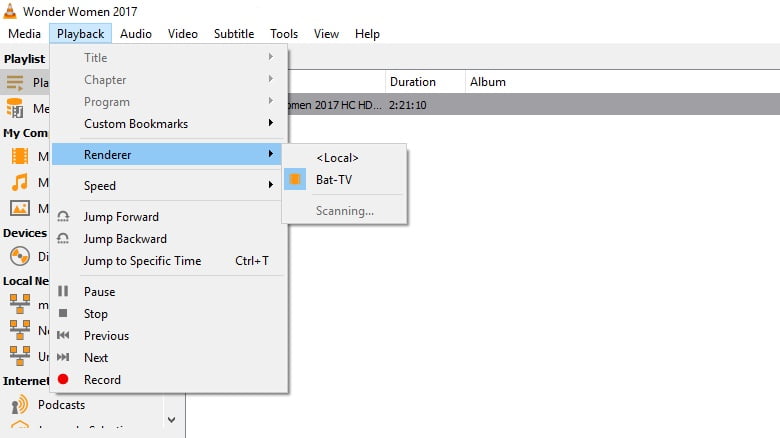

libmicrodns - VLC can find the chromecast device and it shows up in Playback > Renderer menu.Starting with 3.0 release ( Vetinari branch), VLC can stream to chromecast devices on the same wireless network.
#Cast vlc to chromecast password
Log in to yourmachine:8090/ with no username and with the password you put in the service file. # useradd -c "VLC daemon" -d / -G audio -M -p \! -r -s /usr/bin/nologin -U vlcdĮxecStart=/usr/bin/vlc -daemon -syslog -I http -http-port 8090 -http-password password First, you need to create a default user: VLC's web interface can be started from systemd. Video Acceleration (VA) API for VA-API or Video Decode and Presentation API for Unix (VDPAU) for VDPAU. VLC automatically tries to use an available API, but you can override it by going to Tools > Preferences > Input & Codecs and choosing the suitable option under Hardware-accelerated decoding, e.g. Optionally, tick Enqueue files when in one instance mode which keeps current file playing and adds any newly opened files to the current playlist. You can disable this in Tools > Preferences > Interface > Instances > Allow only one instance. This can be annoying if you are using VLC for something like playing your music collection. The default settings for VLC is to open a new instance of the program for each file that is opened. See the documentaion for more information It is also possible to start vlc with an ncurses dialog It is essential that this port is open in order to play local uPNP/DLNA content.įollow instructions in script to setup a socket for VLC.Įither run the script from the command line or register the script with keyboard shortcuts through your desktop.Īlternatively, you can use MPRIS to interact with VLC. If you find that trying to play uPNP/DLNA content (by going to View > Playlist > Local Network > Universal Plug'n'Play), that vlc fails to see the DLNA server on the local network, then make sure that the firewall is not blocking port 1900 UDP. Playing streamed content from a local DLNA server You will need to restart VLC in order for changes to take effect. VLC defaults to port 8080: Edit /usr/share/vlc/lua/http/.hosts to allow remote connections. Set the password via Tools > Preferences > Show settings: All > Interface > Main interfaces > Lua > Lua HTTP > Password. To enable the web interface from the graphical interface, navigate to View > Add Interface > Web Interface. $ vlc -extraintf=http -http-host 0.0.0.0 -http-port 8080 -http-password yourpasswordhere To set a password, use -http-password, otherwise VLC will not allow you to log in. The -http-host parameter specifies the address to bind to, which is localhost by default. Run VLC with the parameter -extraintf=http to use both the desktop and web interface. Restart VLC for the change to take effect. When the preferences window opens up you should be in the "Interface" tabĬhoose the "Use custom skin" radio button, and select the downloaded skin.
#Cast vlc to chromecast install
To install a skin download it and move it to ~/.local/share/vlc/skins2/. VLC can be "skinned" for a different look and feel. For instance, modify the /usr/share/applications/vlc.desktop line:


VLC does not offer an option to change language in its Preferences menu.

#Cast vlc to chromecast upgrade


 0 kommentar(er)
0 kommentar(er)
